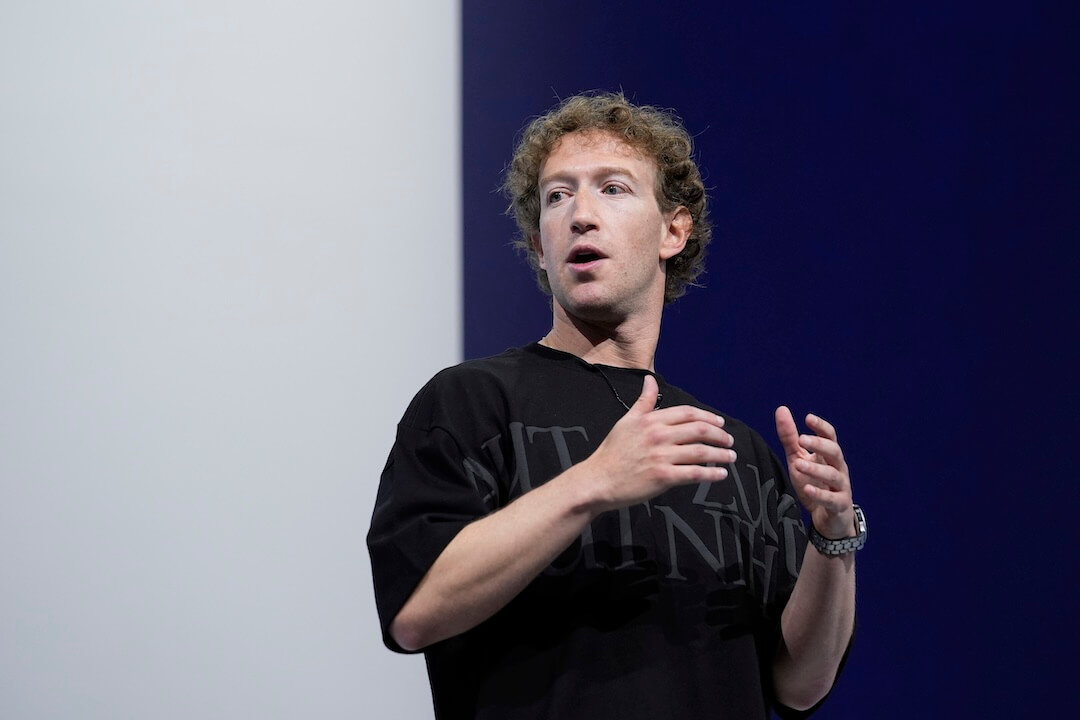If you've ever wondered why cooks and line servers in cafeterias and commercial kitchens have to work with heads covered, you should. There's no evidence of anybody getting sick from eating a stray hair or two. So why wear them? Well, Jeff Kittay can tell you.
In case you haven't heard of him, here's a little background:
Kittay was a Yale academic when he devised a disarmingly simple if long-shot notion: Create an accessible and responsibly provocative magazine on the sprawling academic world.
So in the 1990s he pulled it off with a small circulation bimonthly, Lingua Franca, that was sophisticated and fun. No, it was more; actually, a true gem. He did big pieces on the thrust of scholarship in a tumultuous decade ("Who Owns the Sixties?") and smaller but inescapable tales, such as one on a New York University physicist who conned a journal on multicultural studies with a piece on the "transformative hermeneutics of quantum gravity" that was purposely filled with gibberish.
He had a great 11-year run before its obituary was written, though it still inspires nostalgic and respectful analyses, as in this 2006 Observer piece.
Kittay headed to different pursuits, including helping to run the Portland Press Herald in Maine as it sought to exit financial travail. And while in New England, he had inspiration for another smart window onto an important world: inspecting the new food economy around us.
The result is the New York-based New Food Economy site, which seeks to find a niche that's set apart from two basic traditions of food reporting. And it's where you can find, "How changing women's fashions gave us the hairnet — and changed food safety law forever."
As put by his colleague and editor Kate Cox, who was a freelance radio and print reporter who specialized in health policy (and, in a prior life, was a QVC lipstick saleswoman), first and foremost in food writing is the "celebratory, gustatory, and experiential mode of coverage — the domain of home cooks and restaurant eaters — where recipes and plate-porn rule." Second, there's the more trade-centered journalism aimed at helping those who are in food production make more money by being more efficient and marketable.
So the New Food Economy is trying to report and weave tales where food is not the end product per se but, rather, "the lead character in some kind of bigger drama about money, power, law, or politics," as she puts it.
So if you go on the site now, you'll find "The Supreme Court case on same-sex wedding cakes hinges on a single question: Is food art?"
As Cox reiterates, "It explains why the cake litigation, which has really been followed more as a cultural and political saga, has ramifications for anyone working in food — and everyone who eats it."
It's a smart piece and may prompt perusing a good deal more that's cranked out by a staff of seven at the nonprofit that so far is largely supported by one Kittay friend (though it's now starting to try to raise money from readers, foundations and journalism-related enterprises).
So next time you look at a food label, realize that most of those food additives are not regulated. No, a manufacturer just tells the government that they're safe and, more often than not, that is that, the site details.
Or the next time you see somebody using food stamps at the grocery checkout, realize that the Trump administration is moving toward approving drug testing of applicants (as Wisconsin is now on the way to doing under Gov. Scott Walker).
And when you encounter TV or online images of disaster in a faraway land, realize that the administration is withdrawing its substantial funding of something called the Global Agriculture and Food Security Program (GAFSP). It was created in response to a world food crisis in 2008, is spearheaded by four other nations and the Bill and Melinda Gates Foundation and has spent $1.2 billion on agricultural projects in 41 nations.
The common denominator is serious discussion of the food economy. As Cox suggested, not restaurant reviews or how-to counsel for producers on becoming more efficient.
"From the editor of the legendary Lingua Franca, a serious food site chockablock with the kind of coverage that blurs the line between readable enlightening features and hard-core, incisive food policy reporting; it's exactly what we need right now," says Emily Nunn, a journalist-author who's worked at The New Yorker and Chicago Tribune. Her new book, "The Comfort Food Diaries: My Quest for The Perfect Dish to Mend a Broken Heart," is deemed one of the five "hot" books by National Book Review and has received other positive response, including on NPR.
Says Bill Daley, food and features writer for the Chicago Tribune, "This site seems to be meeting its self-described mission of focusing on under-reported stories. The raison d'etre behind hairnets was fascinating, and I had never heard of "Chefugees" (any in Chicago?). I love those kind of unexpected stories.The reporting seems thorough, there's no rush to package information in small, tidy bites — but the tone is generally conversational and lively. Looks like the 'thoughtful, smart guy' who founded this site has come up with a 'thoughtful, smart' window into food issues."
Like most journalism startups, there's a fair bit of trial and error. One interesting strategic misfire involved attracting young entrepreneurs. Kittay found some stumbling blocks in reaching them, including they're being "too busy to read" and not inclined to pay.
It would be best to go more broadly editorially than he first thought, meaning "reporting on a more general food culture got the readership." It means focusing on a larger swath of the food world — what he calls the space between "the happy farmer" and the gourmet" — and in the process trying to touch upon tales of potential common interest to processor, policy makers, advocates and those who, well, aren't either but just like to eat.
Insight came from an early underestimation of how one particular story might fare. The story involved a Lakota tribe on the Pine Ridge Reservation in North Dakota that was trying to get a buffalo processing facility built on their land.
It was important to the tribe for many reasons, well beyond avoiding the practical frustration of trucking animals 1,200 miles to be processed, then brought back. "These massive animals represent what they always have to the Lakota: food, warmth, shelter and a connection to traditions and beliefs that predate the arrival of the white settlers who nearly destroyed the population of U.S. buffalo in the 1800s and nearly removed the Lakota from their ancestral land."
Though the federal government had grant money to supposedly invest in indigenous products, such help never made it their way. The story was an evocative one, in part about the gap between where food is produced and processed. But it added an unmistakably alluring human element — and went viral, Kittay said.
There was substantial interest, too, in pasture-raised eggs, or, better put, how two companies were producing eggs with their barn doors open, taking issue with the traditional notion that outdoor access wasn't feasible at a large scale. It underscored "the fraud" of "cage-free" eggs (which tend to be produced in large, windowless warehouses), compared to the "bugs-and-meadow" model that people assume can't truly be scaled.
Reporter Joe Fassler inspected farms based in Austin, Texas, and upstate New York to see what pasture-raised eggs actually meant for producers and animals — and whether it could be scaled (spoiler alert: The suggestion is that it's quite possible).
"Eighteen months later," says Kittay, venturing forth on his second attempt at ground-breaking publishing, "it remains one of our best read pieces."






